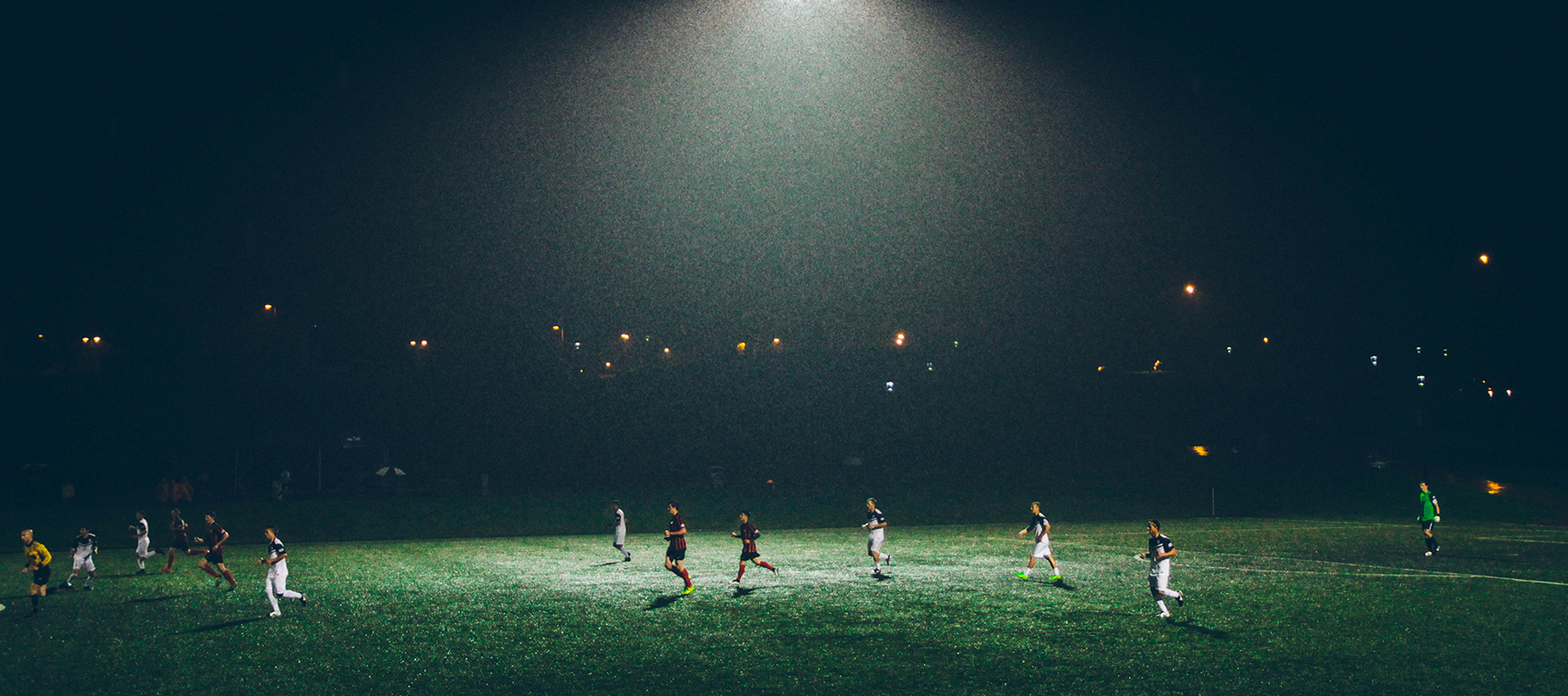Drawing puppies is not only a delightful endeavor but also a significant skill that can enhance an artist’s overall proficiency. The charm of puppies transcends age and culture, making them an ideal subject for artists looking to capture emotion and personality on paper. Mastering the art of puppy drawing involves understanding anatomy, proportions, and various techniques that can elevate one’s artwork. This article delves into the importance of mastering puppy drawing techniques and provides essential tips to help artists improve their skills.
Why Mastering Puppy Drawing Techniques is Essential for Artists
The ability to draw puppies proficiently can greatly enhance an artist’s versatility. Puppies, with their unique shapes, expressions, and movements, serve as ideal subjects for honing various drawing techniques. By mastering the anatomy of these adorable animals, artists learn to capture different postures and moods, which can be applied to a broader range of subjects. This foundational knowledge is crucial for any artist aiming to develop a signature style or specialize in animal portraiture.
Additionally, drawing puppies allows artists to explore the intricacies of texture and shading. The soft fur of a puppy requires a different approach compared to the smooth surface of a human face. By experimenting with various techniques such as stippling, hatching, or blending, artists can refine their skills in rendering realistic textures. This experience translates into improved capabilities when working with other subjects, making puppy drawing an invaluable exercise in an artist’s journey.
Moreover, the emotional connection that puppies evoke can inspire artists to convey deeper narratives through their work. A well-drawn puppy can evoke feelings of joy, nostalgia, or tenderness, making it easier for an artist to engage their audience on an emotional level. Mastering the art of puppy drawing not only enriches an artist’s portfolio but also enhances their ability to communicate through visual storytelling, a skill that is essential in today’s competitive art industry.
Essential Tips to Enhance Your Puppy Drawing Skills Today
To master puppy drawing, one of the most effective tips is to study reference images. Whether from photographs, online resources, or even real-life observations, reference images provide a wealth of information regarding proportions, fur patterns, and expressions. When studying these references, focus on the underlying shapes that make up the puppy’s form; break it down into basic geometrical shapes such as circles and ovals. This foundational approach simplifies the drawing process and allows for greater accuracy when rendering details.
Practicing different poses is another critical tip. Puppies are naturally playful and dynamic, making it essential to capture their movement and personality effectively. Instead of drawing the same static pose repeatedly, challenge yourself to depict puppies in various playful stances or interactions, such as jumping, playing with a toy, or napping. This not only enhances your skills but also adds variety to your portfolio. By mastering a range of poses, you’ll become a more adaptable artist capable of bringing out the essence of each individual puppy.
Lastly, do not underestimate the power of critiques and feedback. Sharing your drawings with fellow artists or online communities can provide valuable insights that can propel your skills forward. Constructive criticism helps identify areas for improvement that you may not have noticed otherwise. Engage with mentors or peers who are more experienced in animal drawing; their advice can be instrumental in refining your technique. Remember, the journey of mastering puppy drawing is ongoing, and being open to learning will ultimately make you a more proficient artist.
Mastering the art of puppy drawing is a crucial step for any artist seeking to enhance their craft. Understanding the significance of proficient techniques and applying essential tips can open new avenues for creativity and expression. As artists delve deeper into the nuances of puppy drawing—from capturing anatomy and movement to conveying emotional depth—they not only improve their own work but also contribute to the rich tapestry of artistic expression. With dedication and practice, anyone can become adept at drawing these beloved companions, enriching both their portfolio and their artistic journey.
